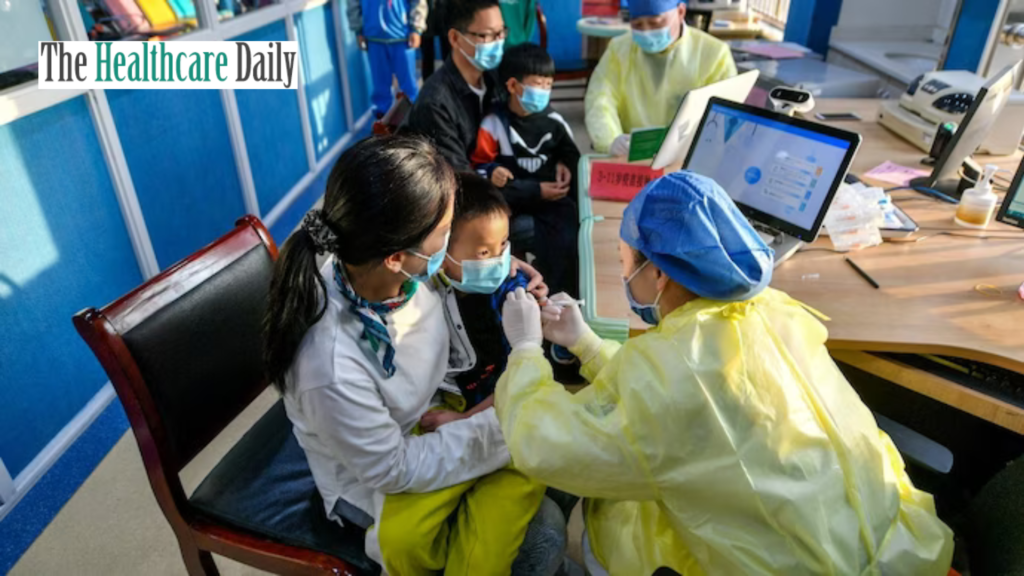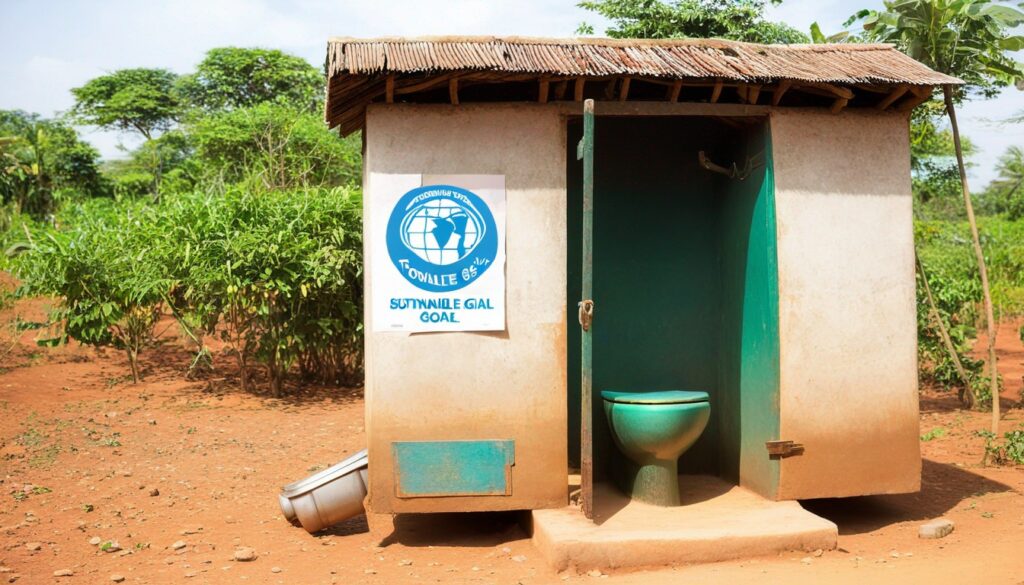In response to concerning clusters of respiratory illnesses reported among children in specific regions of China, the Union Health Secretary, Sudhansh Pant, has urged all states in India to intensify monitoring and reporting of serious respiratory illnesses. This includes Influenza-Like Illness (ILI) and Severe Acute Respiratory Illness (SARI) among children and adolescents, with a mandate for reporting at the district level.
The directive emphasizes the utilization of district and state surveillance units under the Integrated Disease Surveillance Project (IDSP) to closely track the trends of ILI and SARI. These units will be responsible for vigilantly monitoring and reporting any emerging clusters or notable patterns of respiratory illnesses.
As part of the proactive approach, samples from affected individuals will be dispatched to advanced regional laboratories for precise testing to identify the microbe causing these illnesses.
A senior official from the central government, speaking anonymously, highlighted that this heightened alertness is purely precautionary and not indicative of any alarming situation within the country thus far. They highlight the existing surveillance system in place due to COVID-19 and said that the risk to India remains low.
Furthermore, the Health Ministry has circulated ‘Operational Guidelines for Revised Surveillance Strategy in the context of COVID-19’ to all states and Union territories. These guidelines outline an integrated approach to surveil respiratory pathogens, aligning with the manifestation of ILI and SARI cases.
Union Health Secretary Sudhansh Pant’s letter stressed the necessity for uploading ILI and SARI data onto the IDSP-IHIP portal, primarily from public health institutions and medical college hospitals. States have been instructed to send nasal and throat swab samples of SARI patients, particularly children and adolescents, to Virus Research and Diagnostic Laboratories (VRDLs) for comprehensive testing for respiratory pathogens.
The cumulative effect of implementing these measures is anticipated to preemptively address potential situations and ensure the safety and well-being of citizens across the country.
This nationwide alert follows the World Health Organization’s (WHO) monitoring of data from Chinese surveillance systems, which have reported an uptick in respiratory illnesses among children in northern China since mid-October 2023. The Chinese National Health Commission also reported a nationwide increase in respiratory diseases affecting children, attributing this surge to the relaxation of COVID-19 restrictions coinciding with the colder season. Known pathogens such as influenza, mycoplasma pneumoniae, respiratory syncytial virus (RSV), and severe acute respiratory syndrome coronavirus 2 (SARS-CoV-2) have been circulating in these cases.
Despite seeking additional information from Chinese authorities, WHO has indicated that there is currently no cause for alarm. The Health Ministry in India echoes this sentiment, emphasizing a cautious approach while undertaking immediate reviews of public health and hospital preparedness measures.
This includes assessing the availability of human resources, hospital beds, essential drugs and vaccines for influenza, medical oxygen, antibiotics, personal protective equipment, testing kits, functionality of oxygen plants, ventilators, and infection control practices in healthcare facilities.
The health ministry urges the public to remain vigilant and assures that proactive measures are underway to address any potential health challenges.
 source: thehealthcaredaily
source: thehealthcaredaily
Table of Contents
Toggle
- What is Pneumonia?
- Symptoms of Pneumonia Respiratory Illness
- Causes of Pneumonia
- Is Pneumonia a Serious Problem?
- Treatment of Pneumonia
What is Pneumonia?
Pneumonia is a respiratory condition highlighted by inflammation in the lungs, often caused by bacteria, viruses, or fungi. It comes with symptoms like cough, difficulty breathing, chest pain, and fever. The infection causes the lung’s air sacs to fill with fluid or pus, hindering oxygen absorption and leading to severe respiratory distress. Pneumonia varies in severity, from mild cases treatable at home to severe cases requiring hospitalization, especially among the elderly, infants, and those with weakened immune systems. Timely medical intervention with antibiotics or antiviral medications is crucial for managing pneumonia and preventing potential complications.
Symptoms of Pneumonia: Respiratory Illness
Pneumonia comes up with many symptoms, often starting as a cold or flu but escalating rapidly. Common signs include cough, chest pain when breathing or coughing, rapid breathing, fever, chills, and fatigue. Patients may experience shortness of breath, sometimes accompanied by a bluish tinge to the lips or nails due to a lack of oxygen. Pneumonia can lead to nausea, vomiting, and confusion, especially in older adults. While symptoms might differ based on the cause and individual health, prompt medical attention is crucial upon experiencing these signs to prevent complications.
Causes of Pneumonia
Pneumonia is a severe respiratory condition that happens for various reasons, bacterial, viral, and fungal infections. Bacteria like Streptococcus pneumoniae and Haemophilus influenzae, and viruses including influenza, respiratory syncytial virus (RSV), and SARS-CoV-2 (the virus responsible for COVID-19), are common culprits. Inhaling or aspirating harmful substances, chemicals, or liquids can trigger a type of pneumonia termed aspiration pneumonia. Other factors, such as weakened immune systems due to chronic illness or ageing also contribute to susceptibility. Environmental factors like air pollution and smoking increase the risk. Understanding these diverse origins supports in developing of prevention and treatment strategies against this widespread respiratory issue.
Is Pneumonia a Serious Problem?
Pneumonia poses a serious health concern, especially due to its potential to escalate swiftly and affect vulnerable populations. It’s a respiratory infection causing inflammation in the air sacs of the lungs, leading to symptoms like cough, fever, and difficulty breathing. While treatable with antibiotics and supportive care, severe cases can be life-threatening, particularly in the elderly, young children, and individuals with weakened immune systems. Its capacity to spread rapidly in communities, coupled with the emergence of drug-resistant strains, underscores the gravity of pneumonia as a significant health issue demanding continuous attention, preventive measures, and timely medical intervention.
Treatment of Pneumonia
Pneumonia treatment varies based on its cause, ranging from antibiotics for bacterial pneumonia to antiviral medications for viral cases. Supportive care, including rest, hydration, and fever management, aids recovery. Vaccinations against common pneumonia-causing agents, like Streptococcus pneumoniae and influenza, help prevent infection. In severe cases requiring hospitalization, oxygen therapy or mechanical ventilation may be necessary. Developing personalized treatments and enhancing antibiotic stewardship are ongoing goals in combating pneumonia. Early diagnosis, prompt treatment, and preventive measures through vaccines remain important in managing this respiratory condition.





